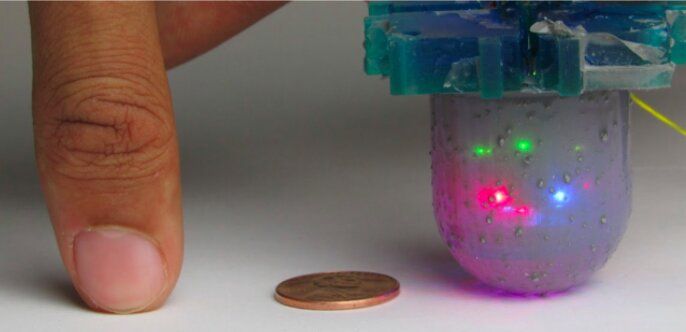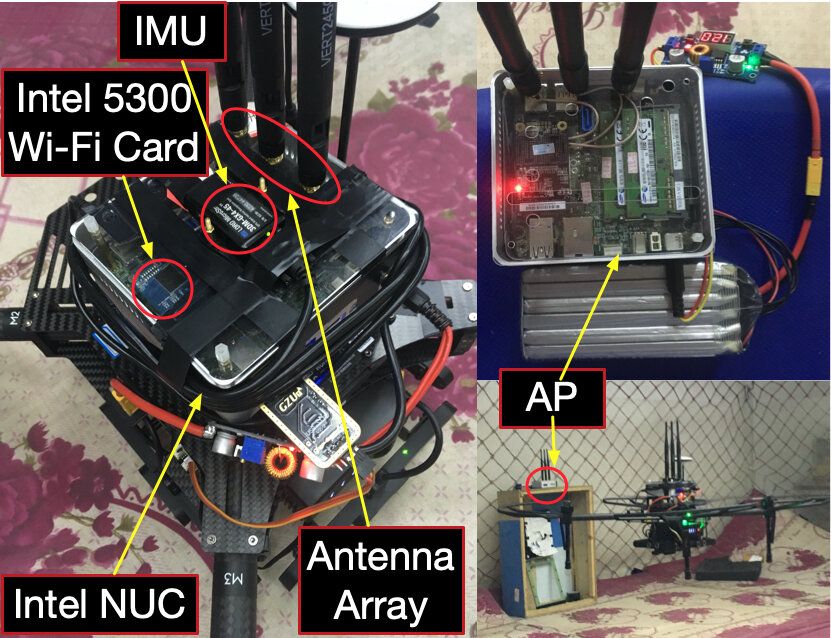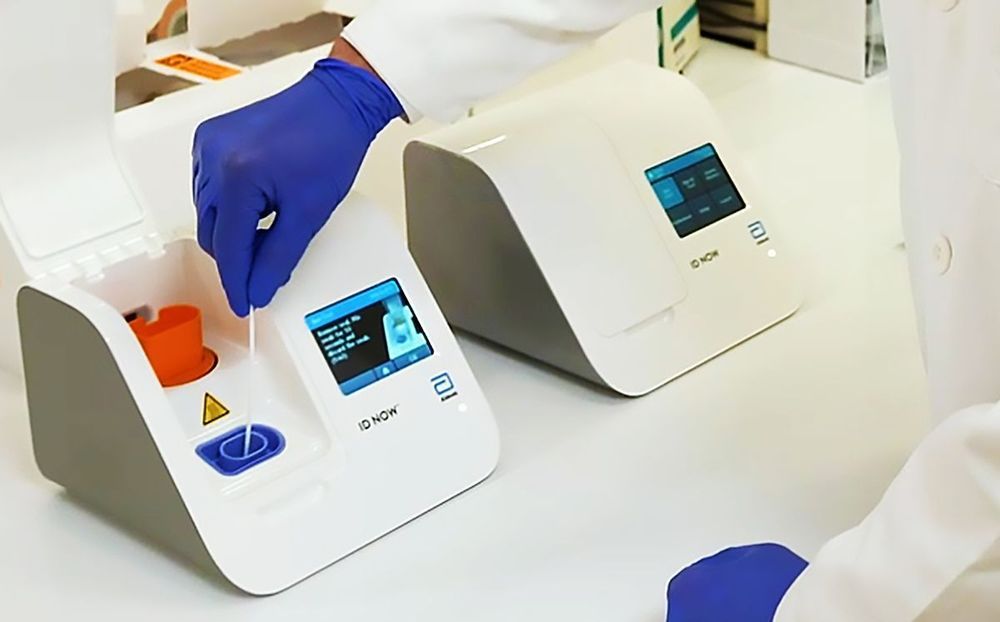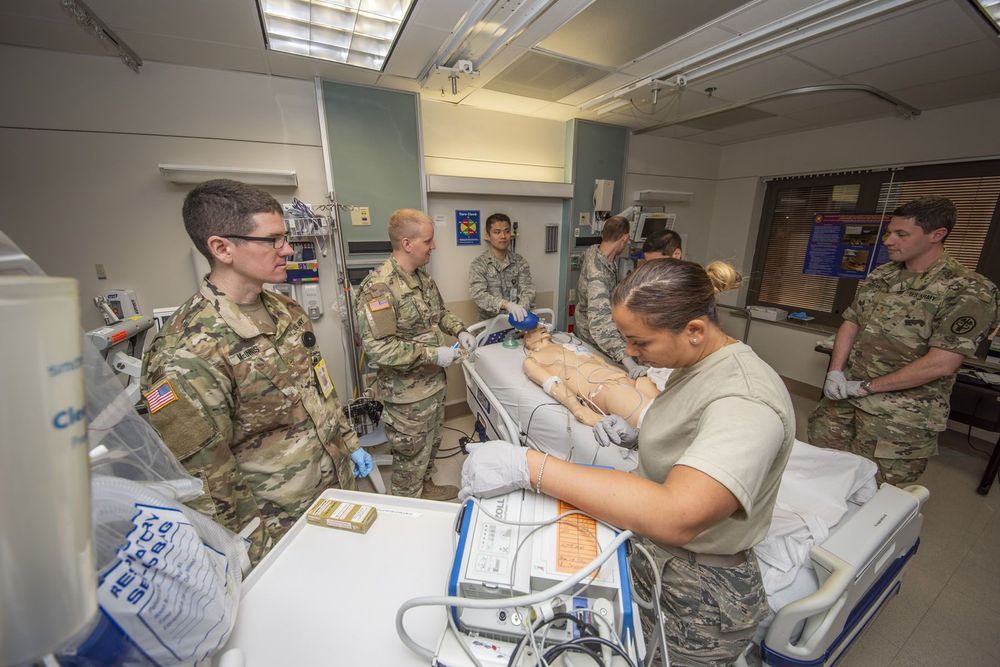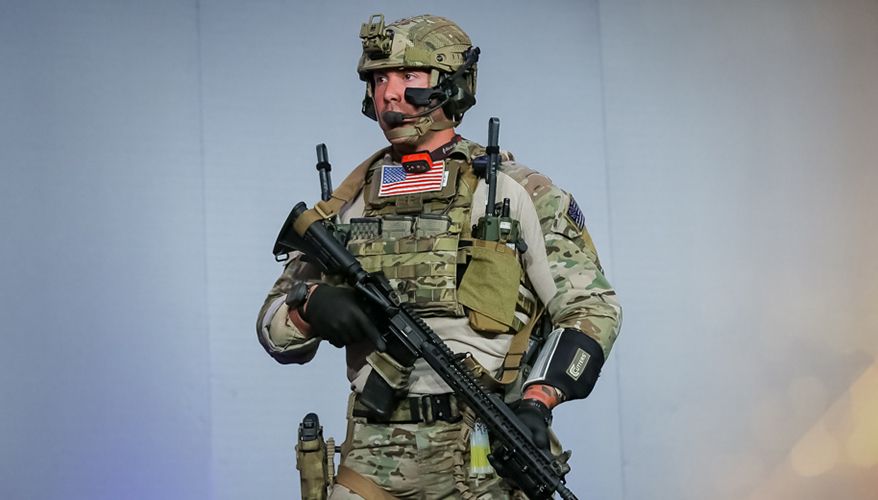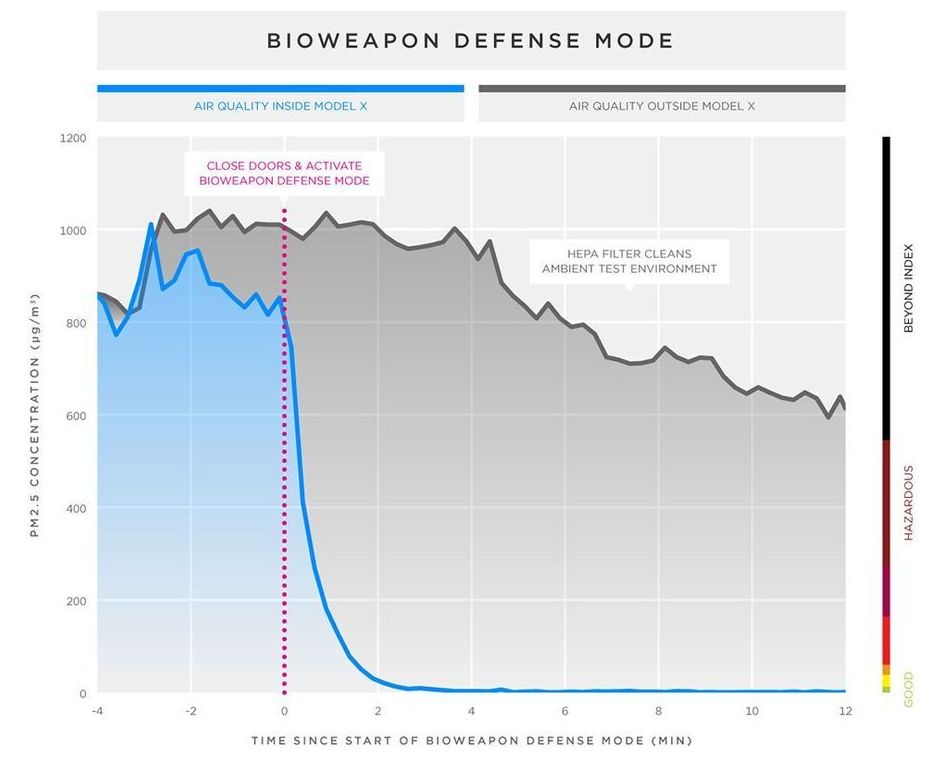Mar 27, 2020
New Qualcomm chips pack high-end features for lower-cost earbuds
Posted by Saúl Morales Rodriguéz in categories: computing, transportation
Qualcomm is getting ready to usher in a new generation of super low-power Bluetooth earbud chips.
The QCC514X and the QCC304X will support Qualcomm’s TrueWireless Mirroring technology. This means that wireless connectivity is secured with a single earbud that is paired with another. When the user removes the primary earbud, the other mirroring bud takes over the connection without any interruption.
The units will also support active noise control, or noise cancellation, bringing the popular feature commonly found on high-end units to mid-priced and entry-level buds. Qualcomm says its hybrid ANC feature allows for ambient noise leak-through that allows substantial but not total external noise suppression. That makes it easier for users to speak with others while wearing the buds or to more easily hear car horns or alarms.

